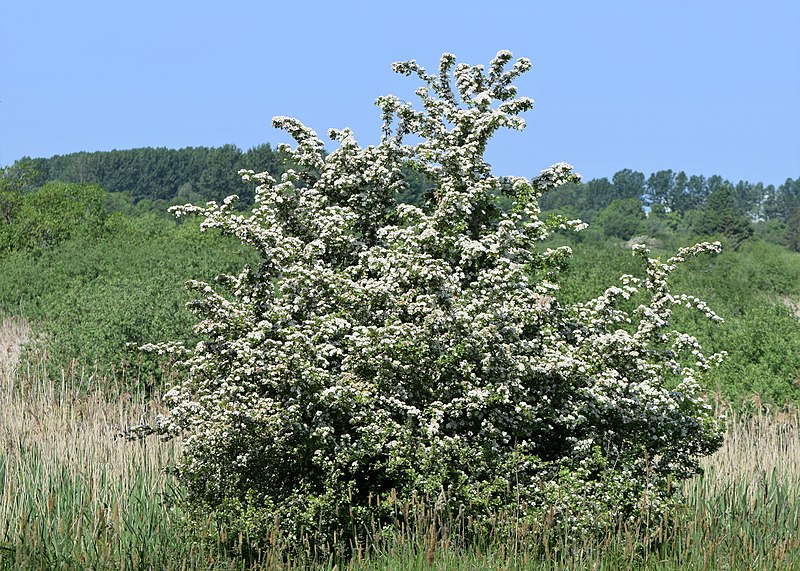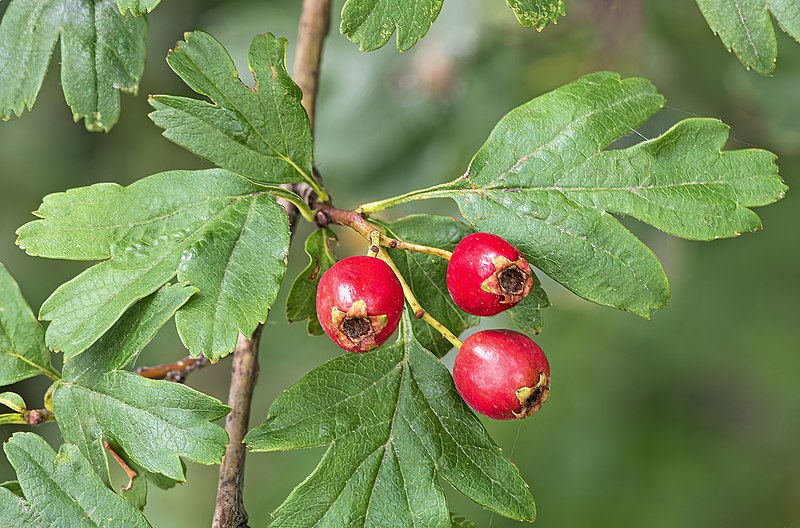Common Hawthorn Identification – Crataegus monogyna
Heads up
The Common Hawthorn, scientifically known as Crataegus monogyna, is a unique wild plant with edible and medicinal uses. It’s a tree that belongs to the Rosaceae family – a vast group which also includes roses, apples, and pears. Many of you might recognize this tree by its other names, including the English, or single-seed hawthorn. The Common Hawthorn thrives in various habitats, especially woodlands and open fields. It’s a marvel of nature when it comes to reproduction. A single tree can produce thousands of berries
Common Hawthorn: Key Parts in Photos



How to identify Hawthorn
One of the defining characteristics of the Hawthorn is its thorny branches. But there’s more to its structure. The bark on a young Hawthorn is smooth and gray, but as the tree ages, it darkens and develops fissures and ridges. This gives it a rugged appearance, making older trees quite easy to spot.
Common Hawthorn leaves are broad and resemble mittens or paws, usually 1-2 inches long. They’re often described as being “pinnately lobed”, which simply means they have a series of lobes that extend out from a central vein, like your palm and fingers, giving them a unique shape.
When spring arrives, you’ll see the Hawthorn bloom into a spectacle. Its flowers, resembling cherry or apple blossoms, group together in broad clusters. With typically white (sometimes pink) petals, these flowers are a sight to behold, even if their scent might be a bit unpleasant to some noses.
As the fall season begins, those flowers will have turned into crimson berries. Known as “drupes”, these fruits are round and often persist through the cold winter months. These fruits are between a berry and a stone fruit, containing a single seed.
Want to learn more?

Disclosure: This post includes affiliate links. If you make a purchase through these links, we may earn a commission at no extra cost to you. We appreciate your support, as it helps keep this website running. Alternatively, you can search for the book title on Amazon if you prefer not to use the links. Thank you for your understanding and support!
